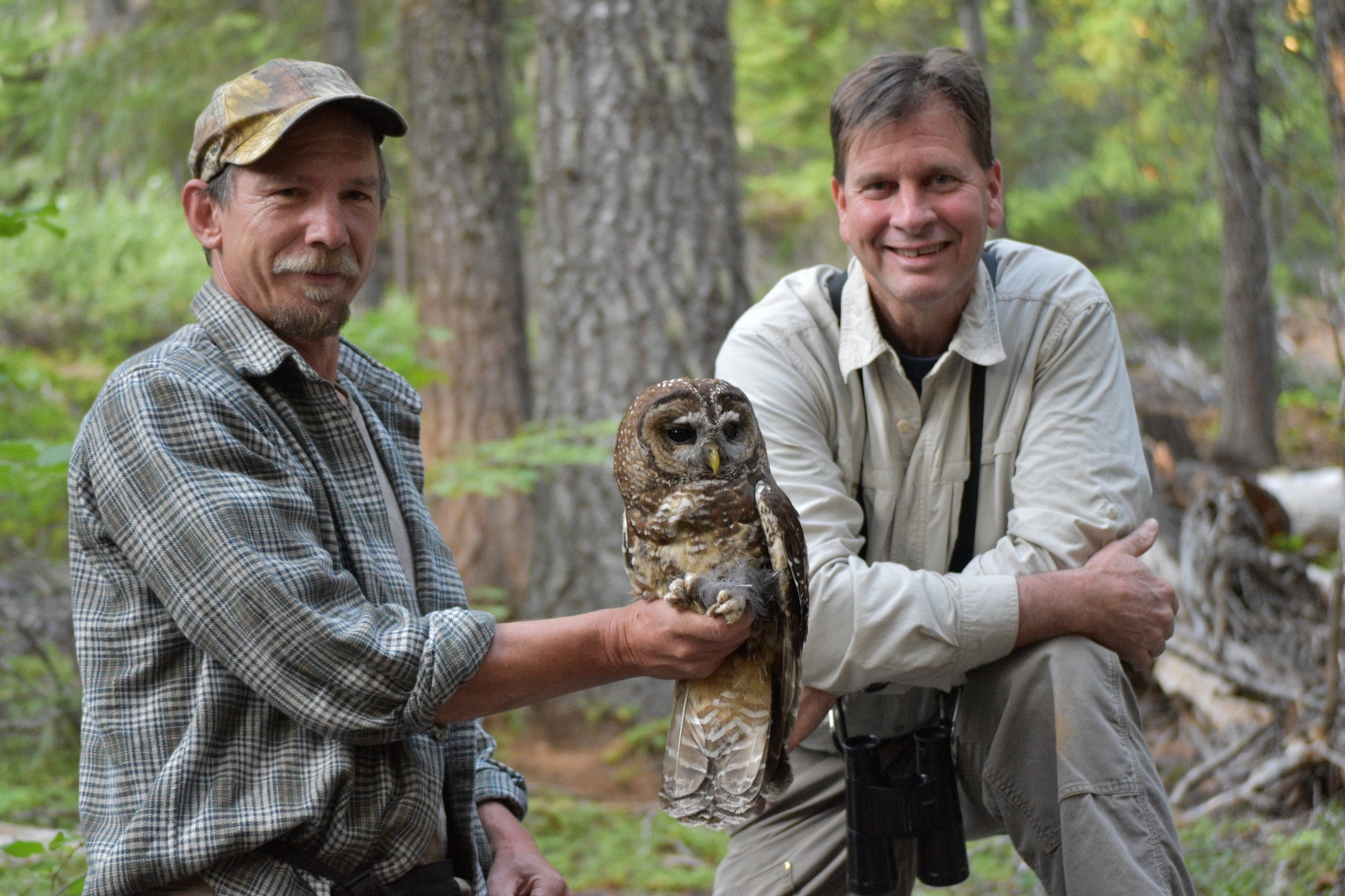- The significance of accessing previous conservation lectures via Redwood Zoo’s new YouTube channel, including a focus on enhancing public understanding of wildlife conservation.
- An exploration of the challenges faced in live streaming presentations and the measures taken to resolve them, using the recent spotted owl discussion as a case study.
- An overview of Peter Carlson’s engaging presentation about the relationship between spotted owls and barred owls in Northwestern California and the ecological impact of these species interactions.
- Analyzing conservation efforts in zoos and their role in educating the public about biodiversity, ecosystem dynamics, and species preservation.
- Highlighting the importance of continued learning opportunities in wildlife conservation for professionals and enthusiasts alike, facilitated through online platforms.
The accessibility of conservation lectures via Redwood Zoo’s YouTube channel is a noteworthy stride in enhancing public engagement with wildlife conservation. In our rapidly digitizing world, offering virtual access to educational resources helps bridge gaps in understanding critical ecological topics. The channel serves as a valuable tool for disseminating knowledge about animal behavior, ecology, and conservation strategies. It allows individuals who cannot attend in person to view lectures at their convenience, promoting lifelong learning and increasing awareness of biodiversity issues.
The initiative by Redwood Zoo to adapt its communication methods parallels a broader trend in conservation education. By leveraging digital platforms, expert insights, such as those from seasoned professionals like Peter Carlson, can reach a wider, more diverse audience. This approach fosters greater inclusivity in wildlife conservation discourse, encouraging participation from enthusiasts, students, and professionals who may be geographically or financially restricted. Furthermore, the availability of past lectures creates an archive of scientific knowledge that remains accessible indefinitely, turning the channel into a repository of educational resources.
The recent hiccup during the live stream of Peter Carlson’s conservation lecture highlights the unpredictability of technology in virtual communication. These mishaps can disrupt the flow of information and diminish the audience’s experience. Fortunately, Redwood Zoo has addressed these technical issues, ensuring a seamless viewing experience for those catching the lecture on-demand. By promptly resolving the slideshow complications, the zoo reasserts its commitment to quality education and viewer satisfaction.
This incident underscores the importance of technological reliability in professional presentations. Organizations that prioritize precise execution of digital communication can maintain and even enhance their reputation. For those in science communication, providing an uninterrupted delivery of information elevates not just the perception of the presenter but also the institution they represent. In sharing knowledge about sensitive topics like species conservation, clarity and consistency must prevail.
Peter Carlson’s presentation investigates the intricate dynamics between spotted owls and barred owls within Northwestern California. The spotted owl is a species of significant conservation concern due to habitat loss and competition from the barred owl, an invasive rival. This lecture offers an in-depth look into how these owls interact and the resulting impacts on their ecosystems. The expansion of barred owl populations has been detrimental to the native spotted owls, highlighting the complex challenges conservationists face in managing and protecting threatened species.
Carlson’s discussion presents a crucial aspect of wildlife ecology—species interaction—and its direct implications on conservation efforts. Understanding the interspecies competition between these owls provides clarity on the ecosystem’s health and guides targeted conservation strategies. By examining such relationships, wildlife biologists can better predict changes in biodiversity and develop informed approaches to mitigate potential adverse effects.
Zoos play a crucial role in species preservation and conservation education. They act as sanctuaries for endangered species, breeding programs to boost population numbers, and educational hubs for visitors. Through exhibits and informational sessions, zoos illuminate the interconnectedness of ecosystems and the essential function of each species within them. Lectures like those offered by the Redwood Zoo are instrumental in translating complex scientific concepts into digestible information for the public. This empowers individuals with the knowledge to support conservation initiatives actively.
Awareness and understanding cultivated through zoos contribute significantly to conservation outcomes. As the public gains insight into the critical work done by zoos, they become allies in conserving biodiversity. Efforts in conservation education extend beyond the zoo environment through digital platforms, which expand the reach of these valuable messages. By connecting audiences with expert knowledge online, we strengthen the global network of conservation-minded individuals passionate about protecting wildlife.
Opportunities for continuous learning in wildlife conservation are vital for both professionals in the field and interested laypersons. The digital transformation of educational content allows for wider dissemination of knowledge and fosters a community of informed advocates for ecological sustainability. With resources such as the Redwood Zoo’s YouTube channel, individuals have unprecedented access to expert-led discussions on important conservation issues.
Engagement through online platforms facilitates global participation in the conversation around species preservation, creating a shared sense of responsibility for our planet’s well-being. By making these lectures accessible, we can inspire action across diverse audiences and encourage a deeper commitment to conservation efforts. The initiative taken by Redwood Zoo to share their lectures online is not just an enhancement of their educational offerings, but a step towards a more informed and connected world where conservation is a collective priority.
*****
Source Description
Did you miss our latest conservation lecture? You can watch it or any other lectures from this season on our new YouTube channel @RedwoodZoo!
We apologize for the issues with the slideshow during the livestream. Those issues have been corrected in this link. Thank you, Peter Carlson, for leading a very engaging discussion on the status of spotted owls in NW California and the impact of barred owls!
Peter Carlson’s lecture:
Photo provided by Peter Carlson.


